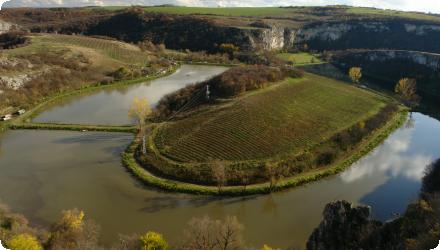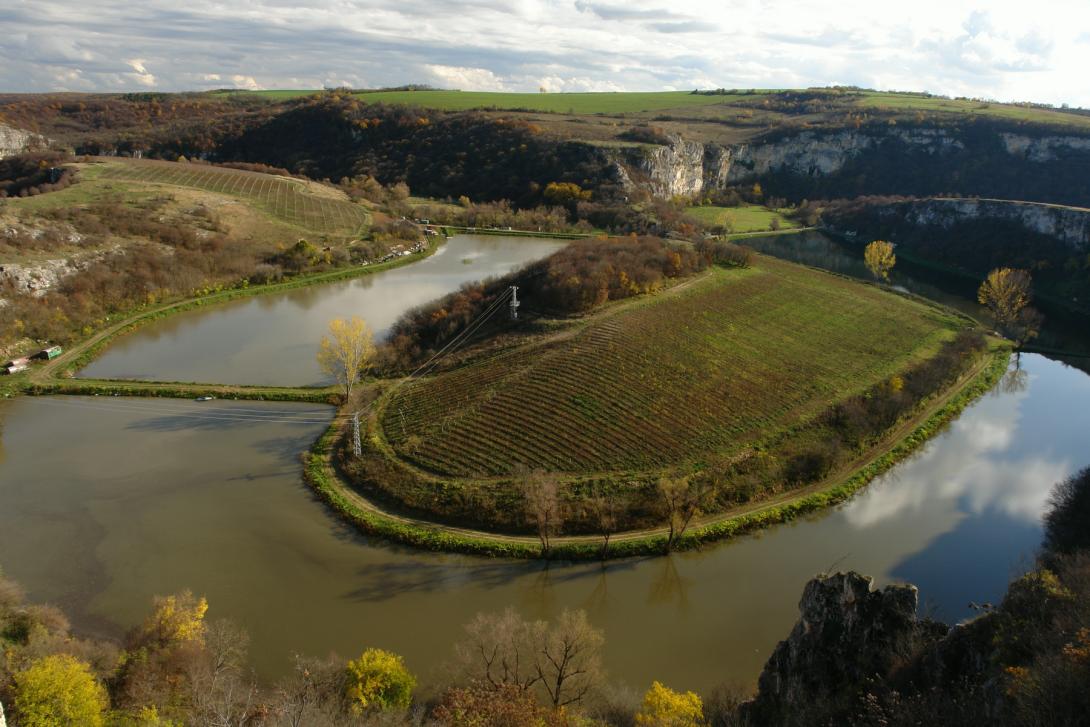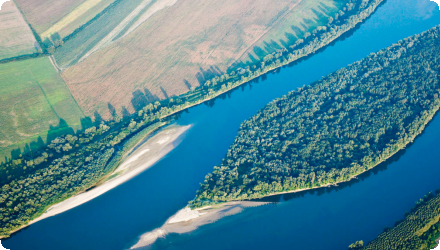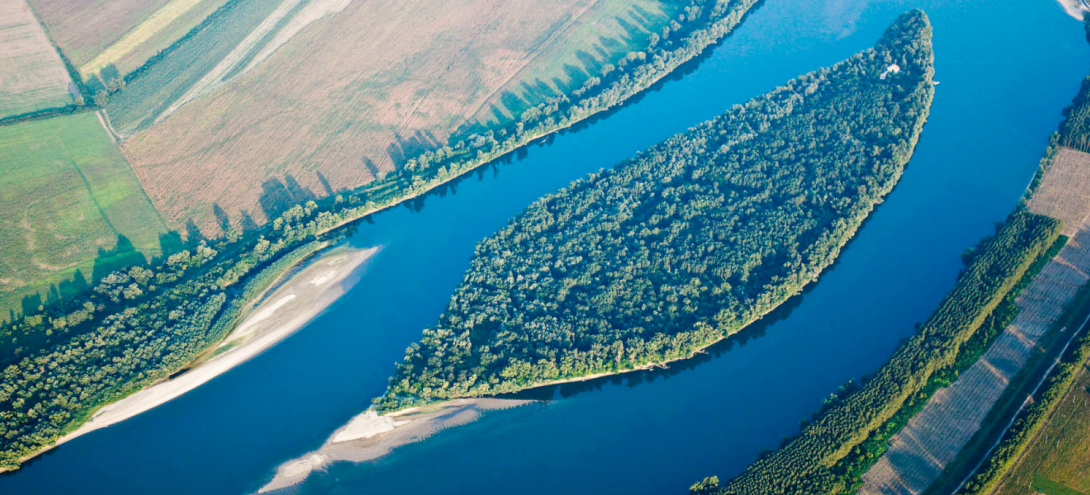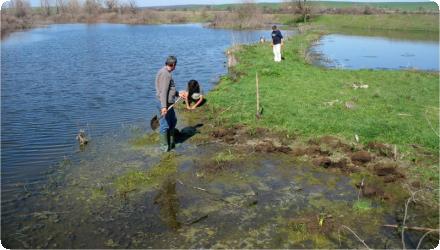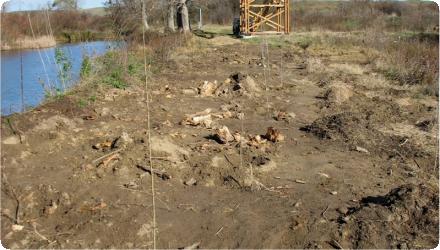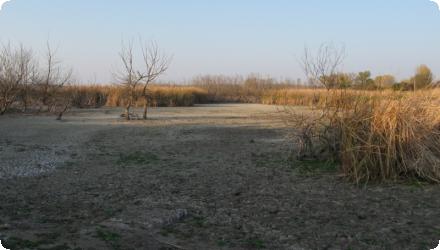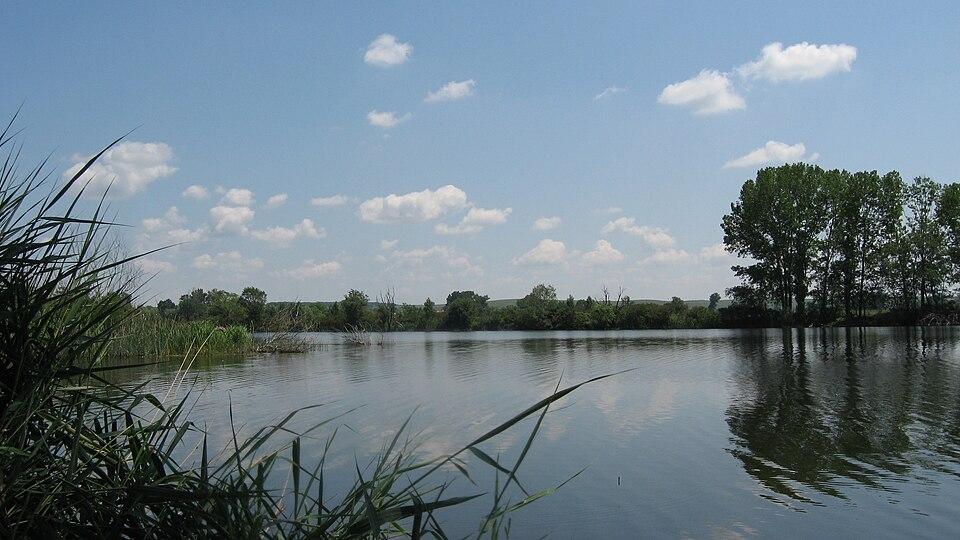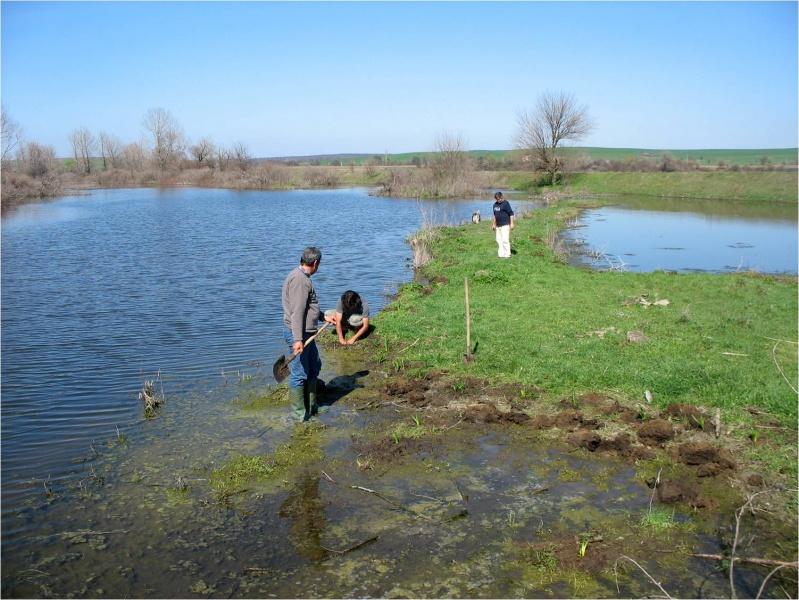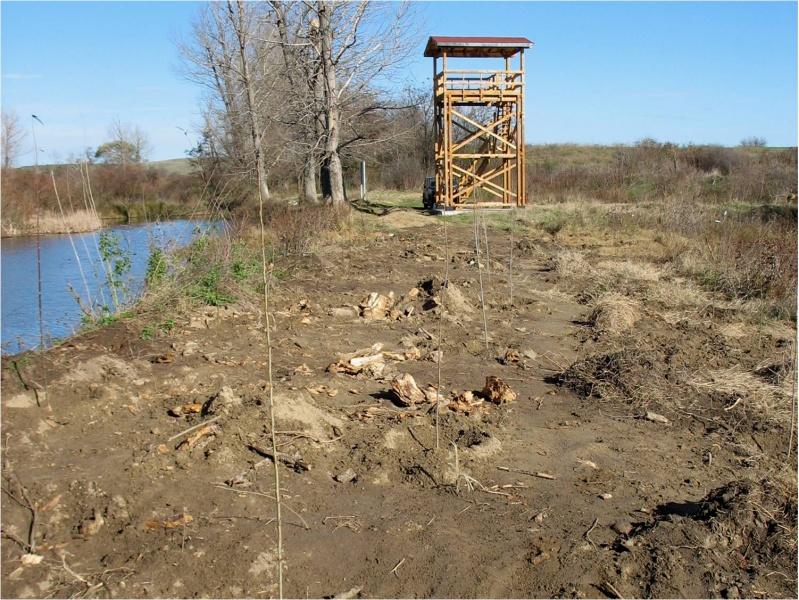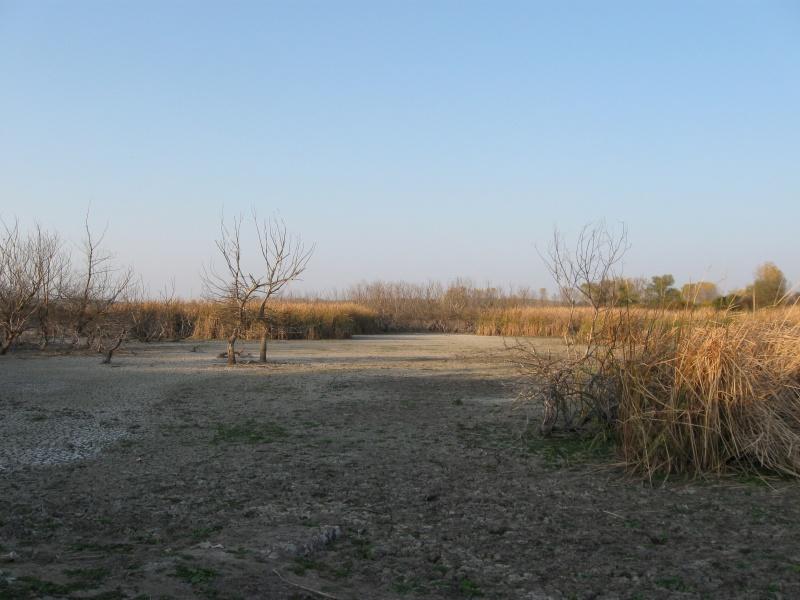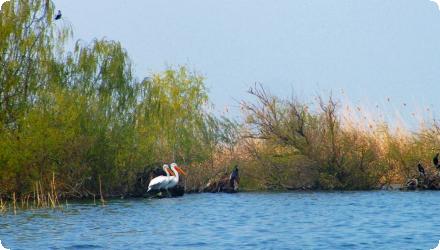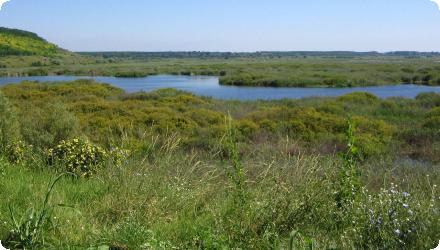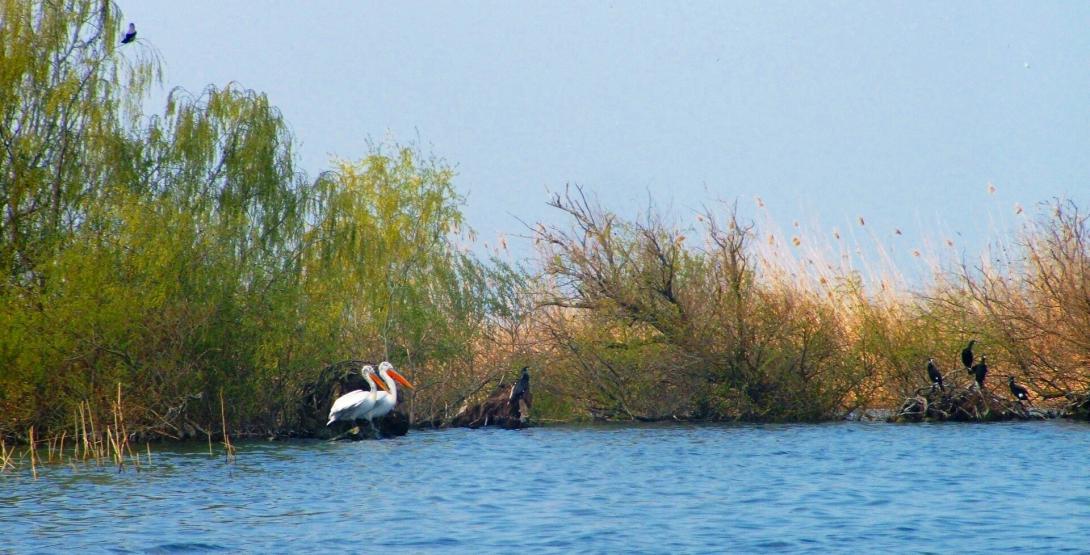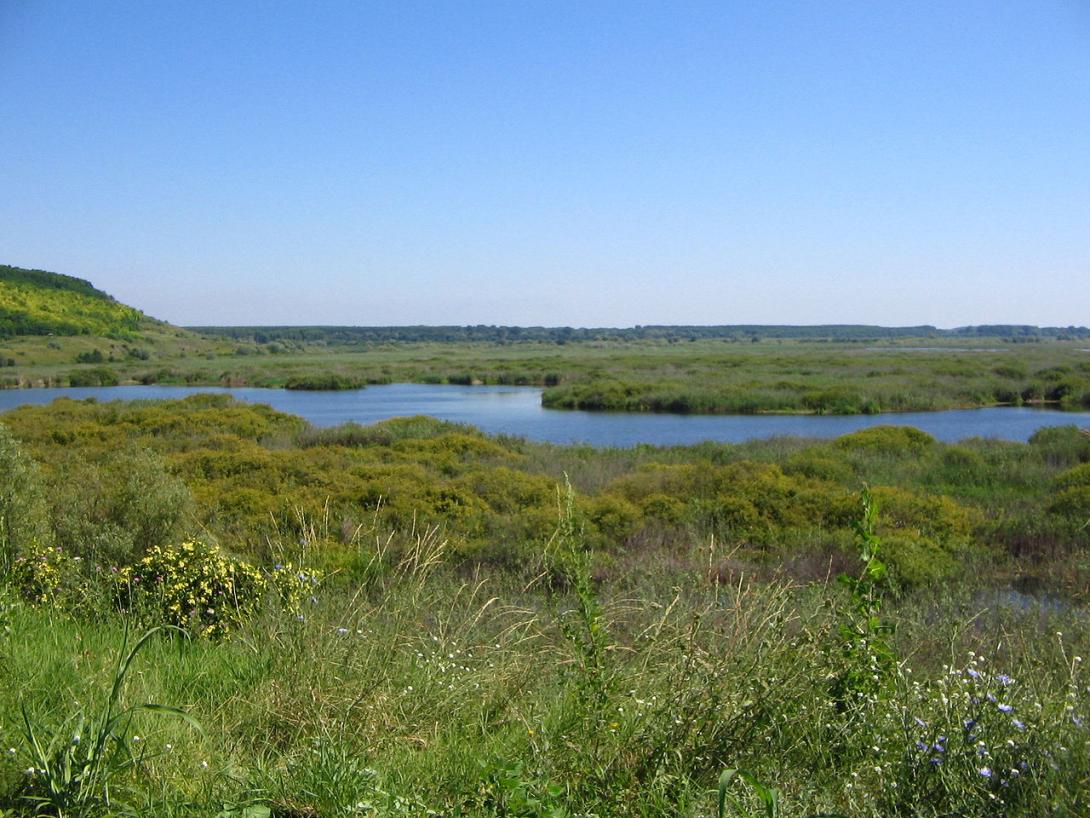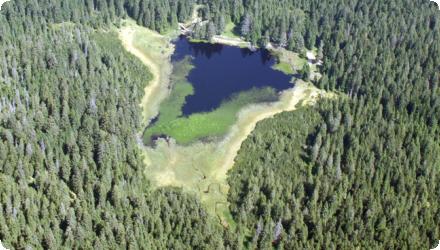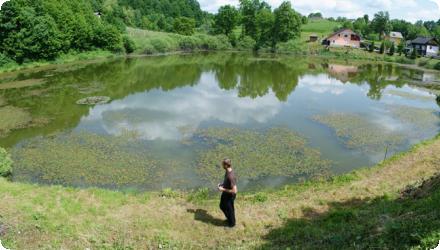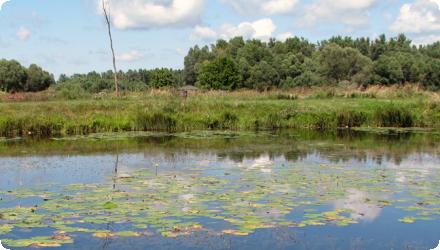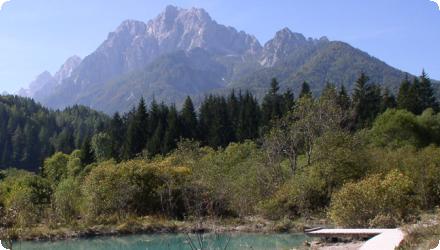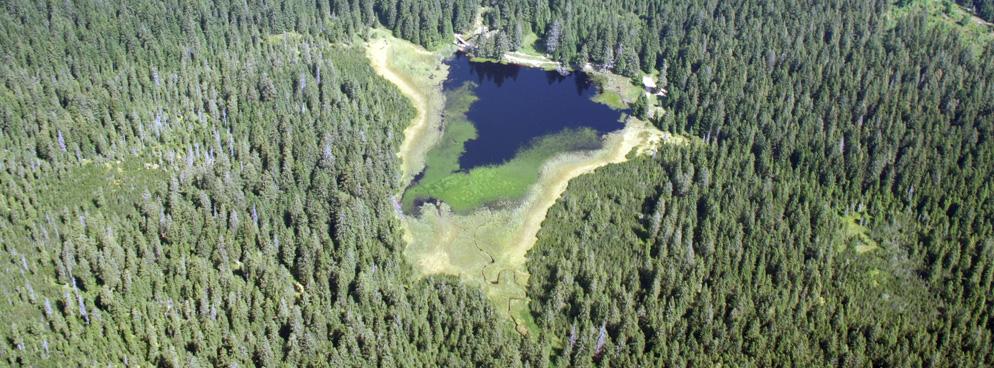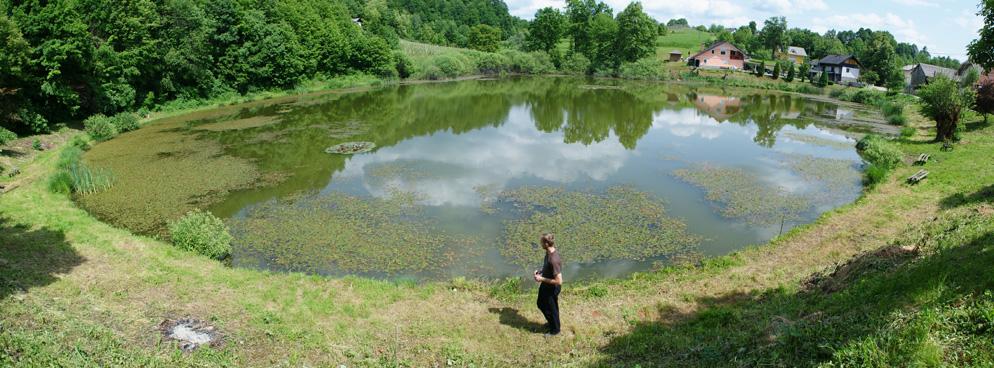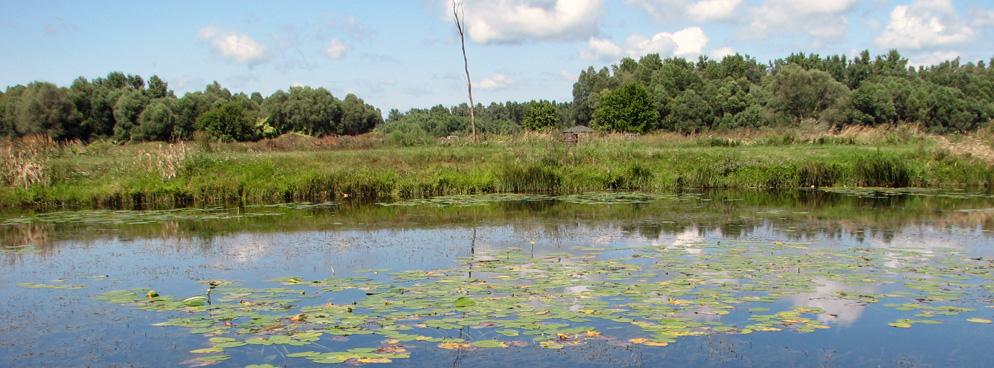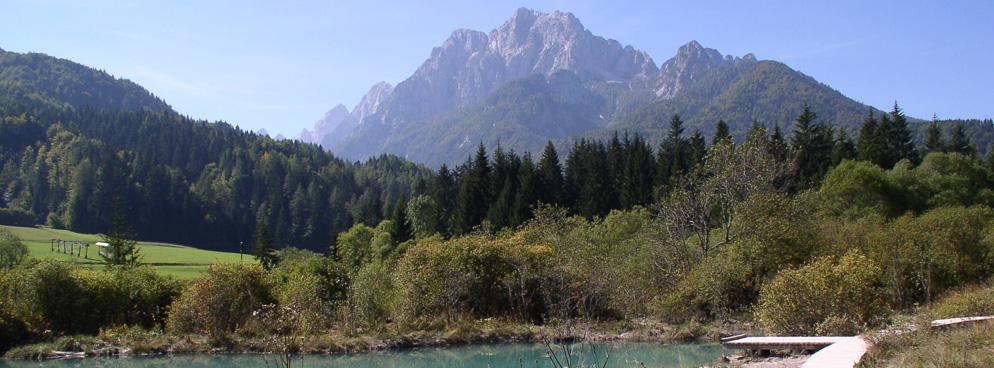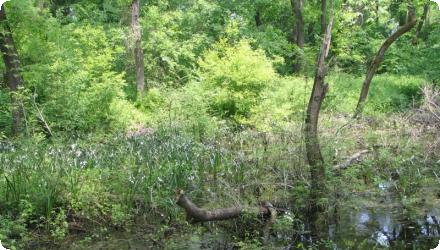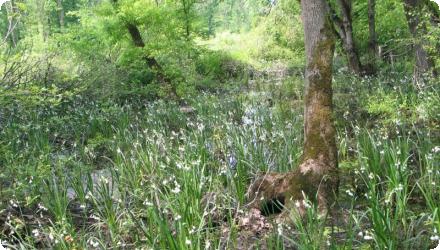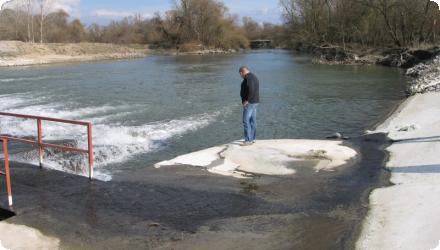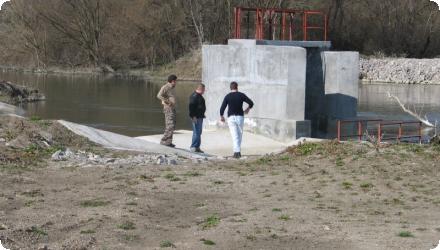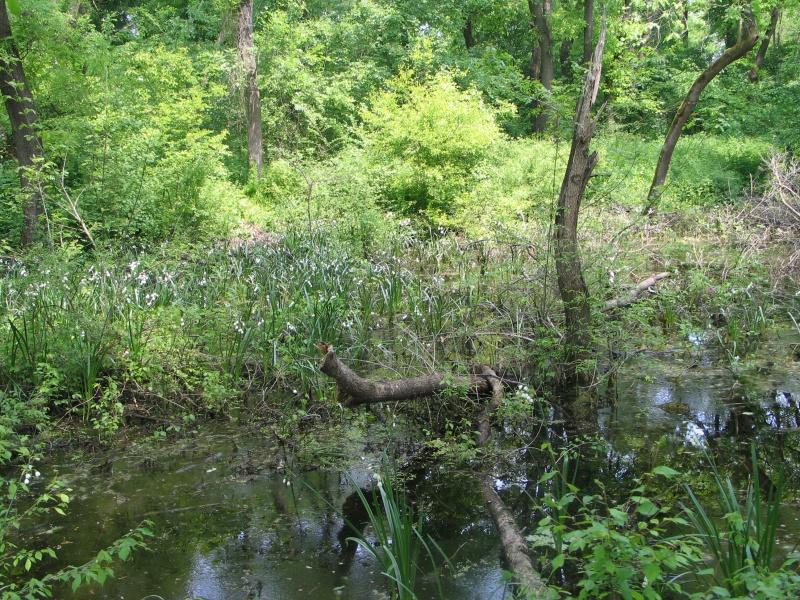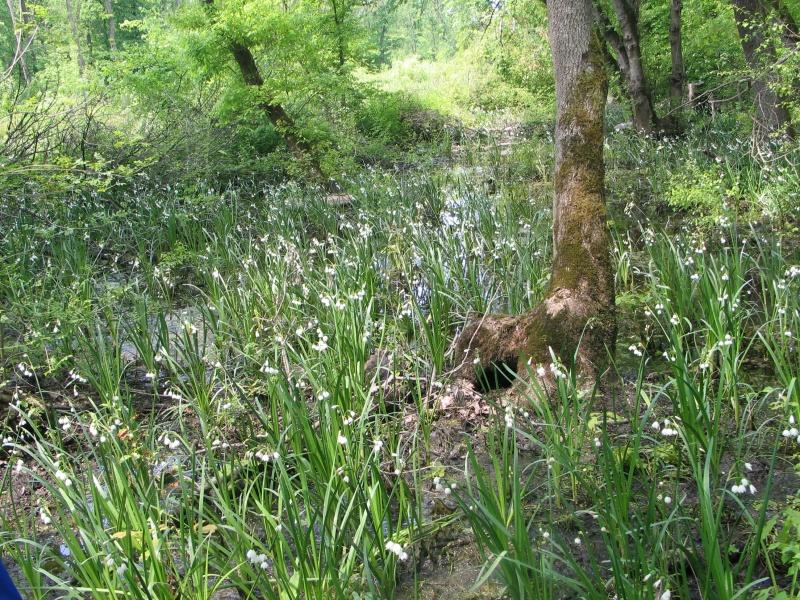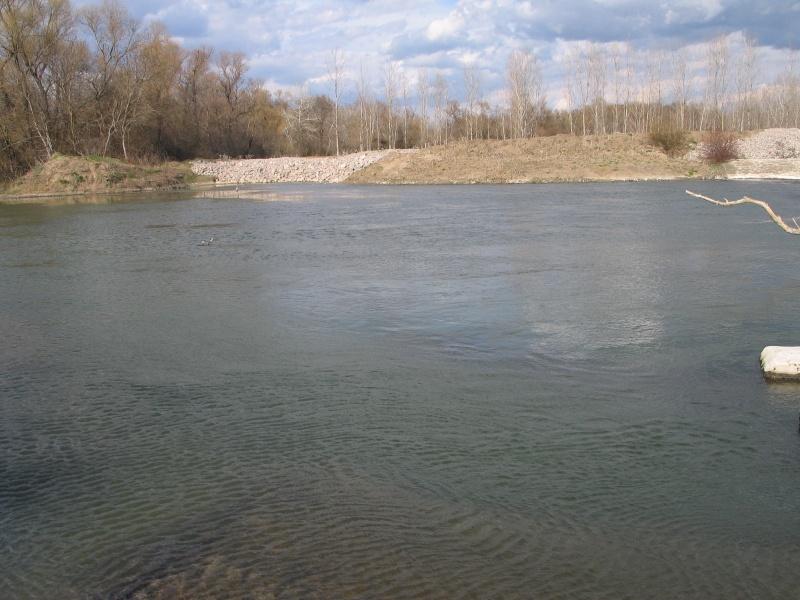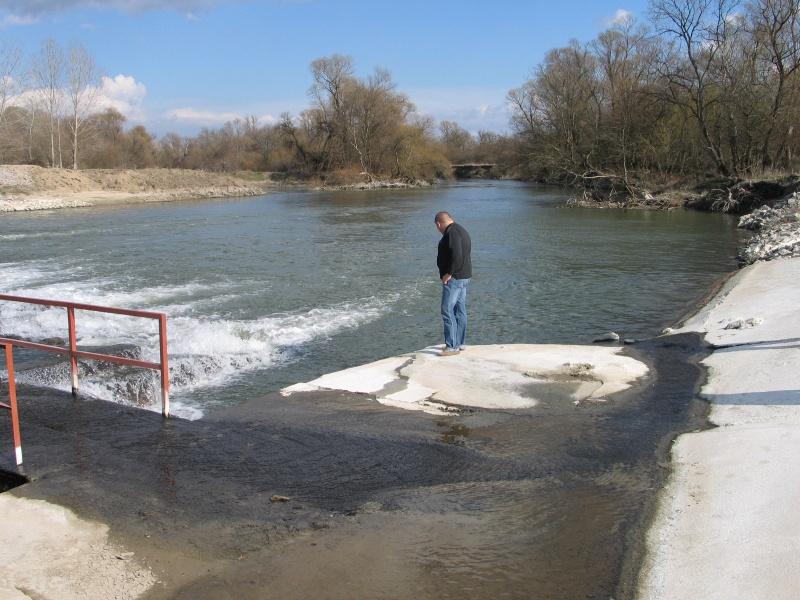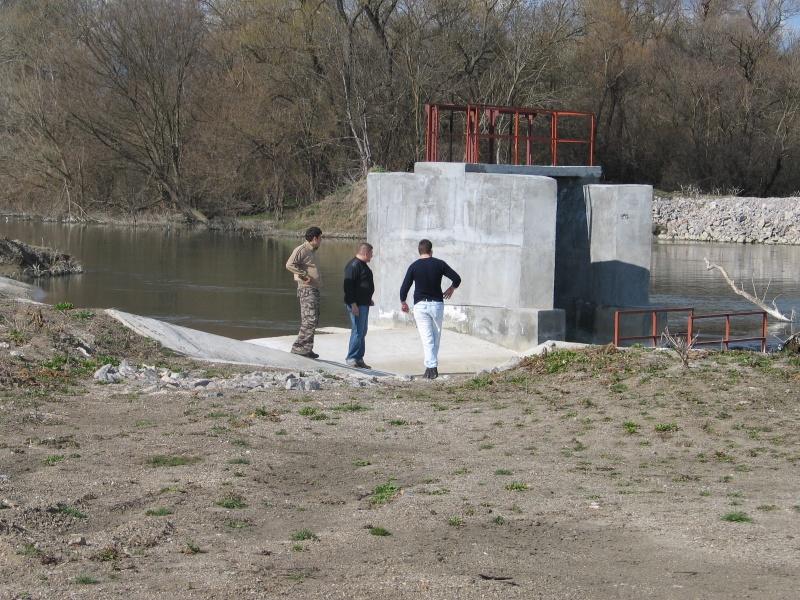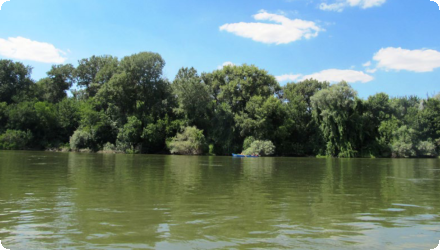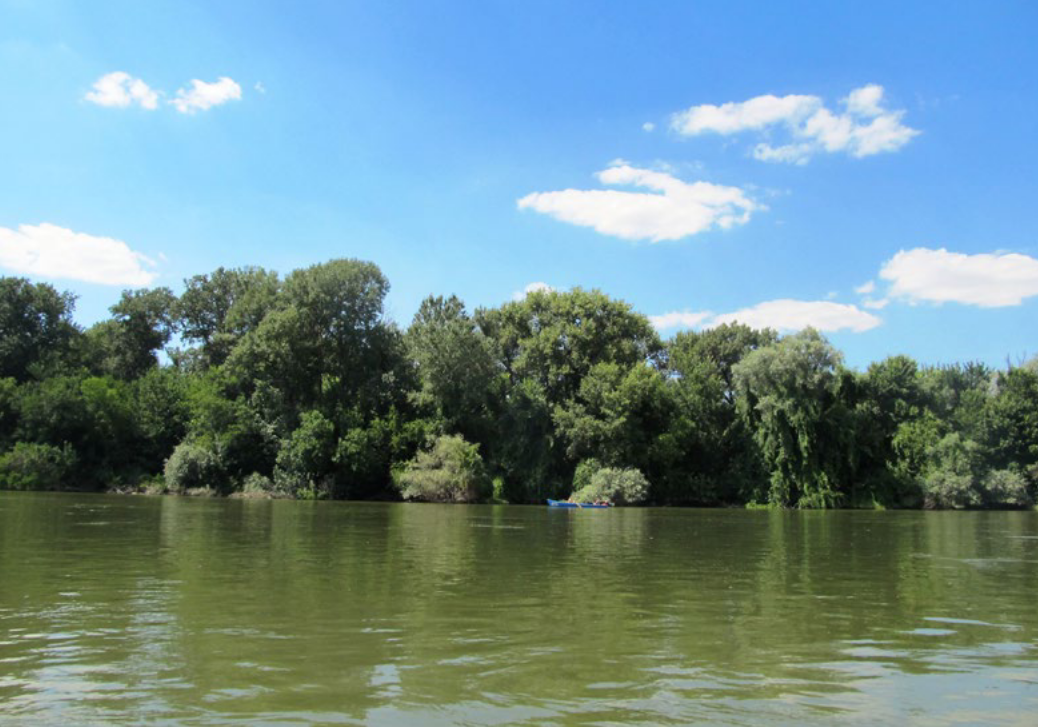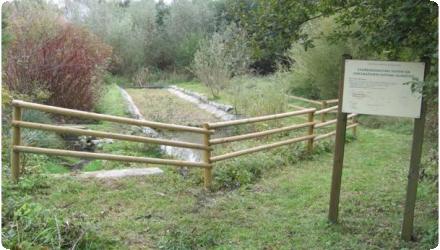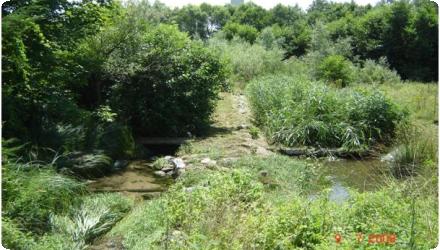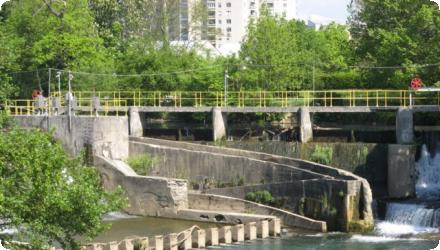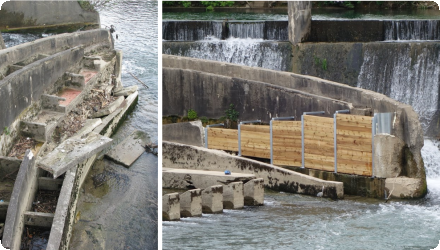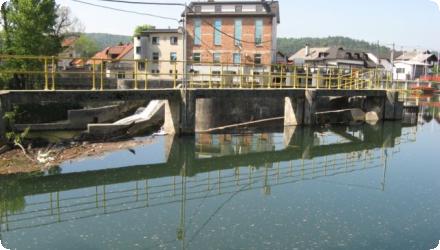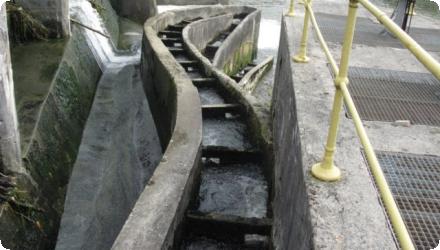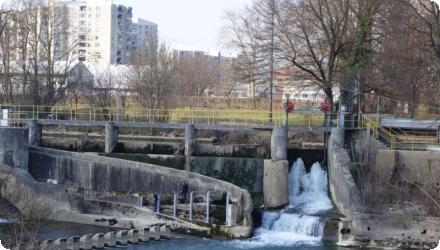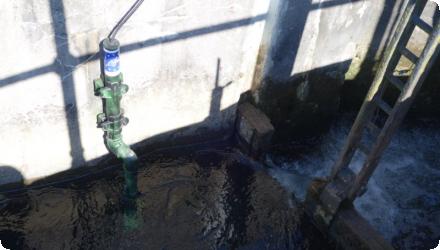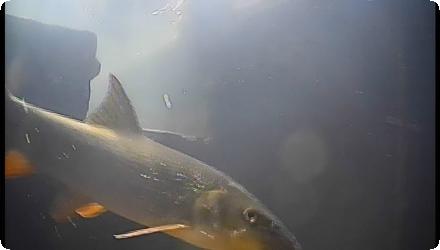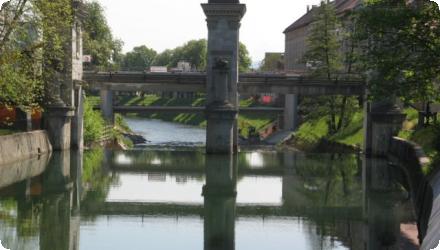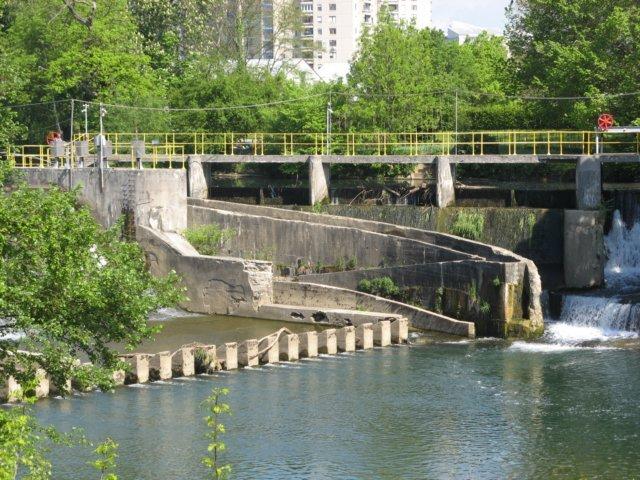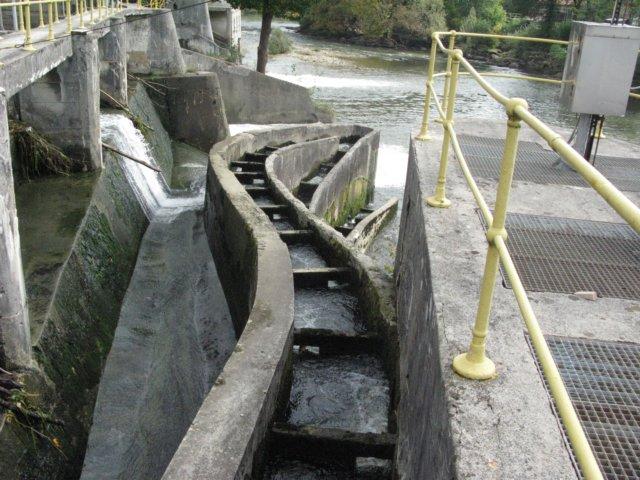Photo gallery
Summary
The project was implemented in 2009 by the Russenski Lom Nature Park Directorate, Club “Friends of Russenski Lom” and WWF, with the support of the Ministry of Culture, and was funded by WWF and the German Federal Ecological Foundation (DBU). Applying the principle “more space for the river – more safety for people”, it aimed to open sections of the dykes, allowing water to re-enter the floodplain, reducing road flooding risk, and restoring river–floodplain connectivity.
Since then, the intervention has been embedded in the park’s long-term management framework. In 2022, an updated 10-year Management Plan for the park was formally adopted, prepared under the Interreg V-A Romania–Bulgaria “GreenManagement” project. This plan integrates the earlier floodplain restoration into a wider strategy for Natura 2000 site conservation, hydromorphological monitoring, sustainable tourism, and cross-border cooperation. WWF has also reported complementary river restoration measures within the park, including barrier removals and the installation of a fish pass to improve longitudinal connectivity and support protected fish species. These actions consolidate the ecological and hydrological benefits initiated in 2009, now supported by structured governance, mapping tools, and systematic monitoring.
Since then, the intervention has been embedded in the park’s long-term management framework. In 2022, an updated 10-year Management Plan for the park was formally adopted, prepared under the Interreg V-A Romania–Bulgaria “GreenManagement” project. This plan integrates the earlier floodplain restoration into a wider strategy for Natura 2000 site conservation, hydromorphological monitoring, sustainable tourism, and cross-border cooperation. WWF has also reported complementary river restoration measures within the park, including barrier removals and the installation of a fish pass to improve longitudinal connectivity and support protected fish species. These actions consolidate the ecological and hydrological benefits initiated in 2009, now supported by structured governance, mapping tools, and systematic monitoring.
Last update
2025
